Cartier's New High Jewelry Collection Looks to the Past to Imagine Its Future
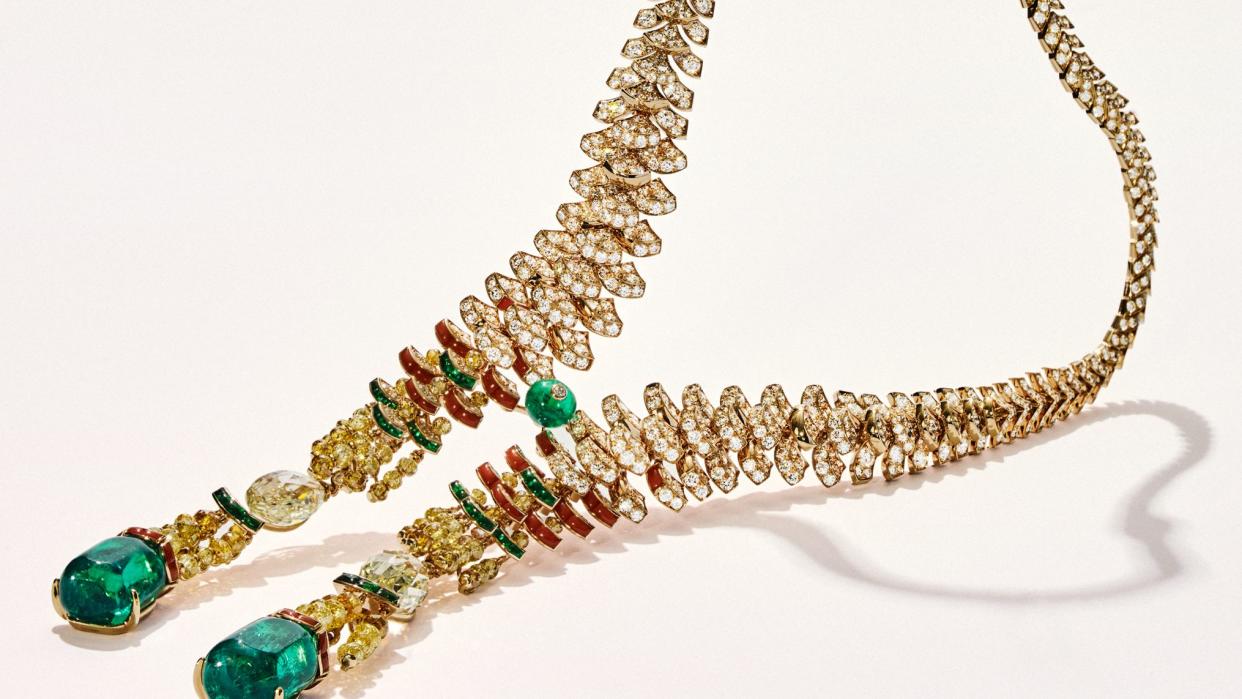
- Oops!Something went wrong.Please try again later.
We were in Florence, so naturally humanism came up—the Medicis too. One of my first stops in that city is always the Medici Chapel of the Princes, where the walls are adorned in marble and inlaid with jasper, lapis, mother-of-pearl, quartz, and coral. I gasped later that day when, at a high jewelry presentation inside a historic villa, I saw a carved lapis Cartier necklace, and I gleefully noted the way turquoise was used to heighten the color of the emerald in another piece. And then there was the tassel with the garnet and spinel beads also outlined in turquoise.
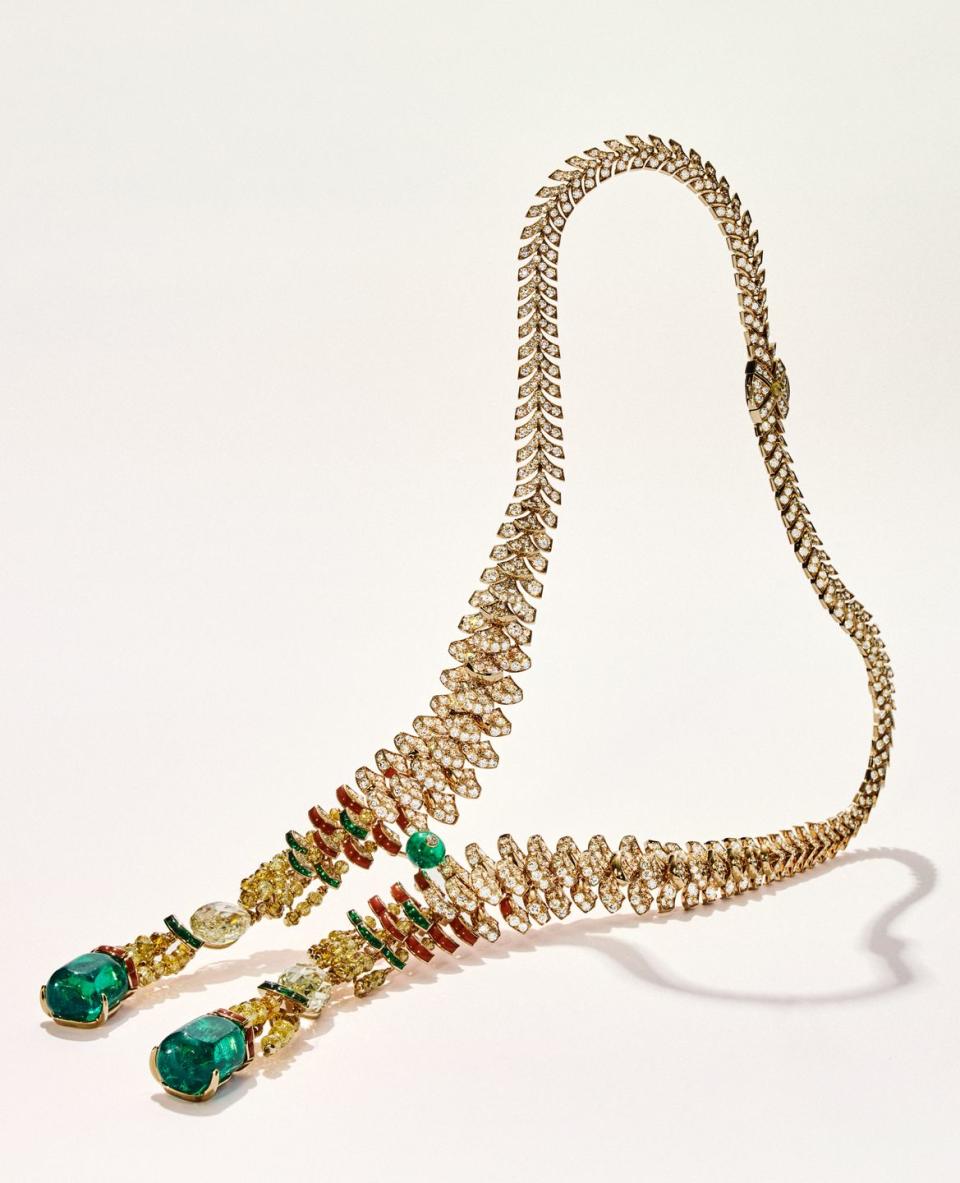
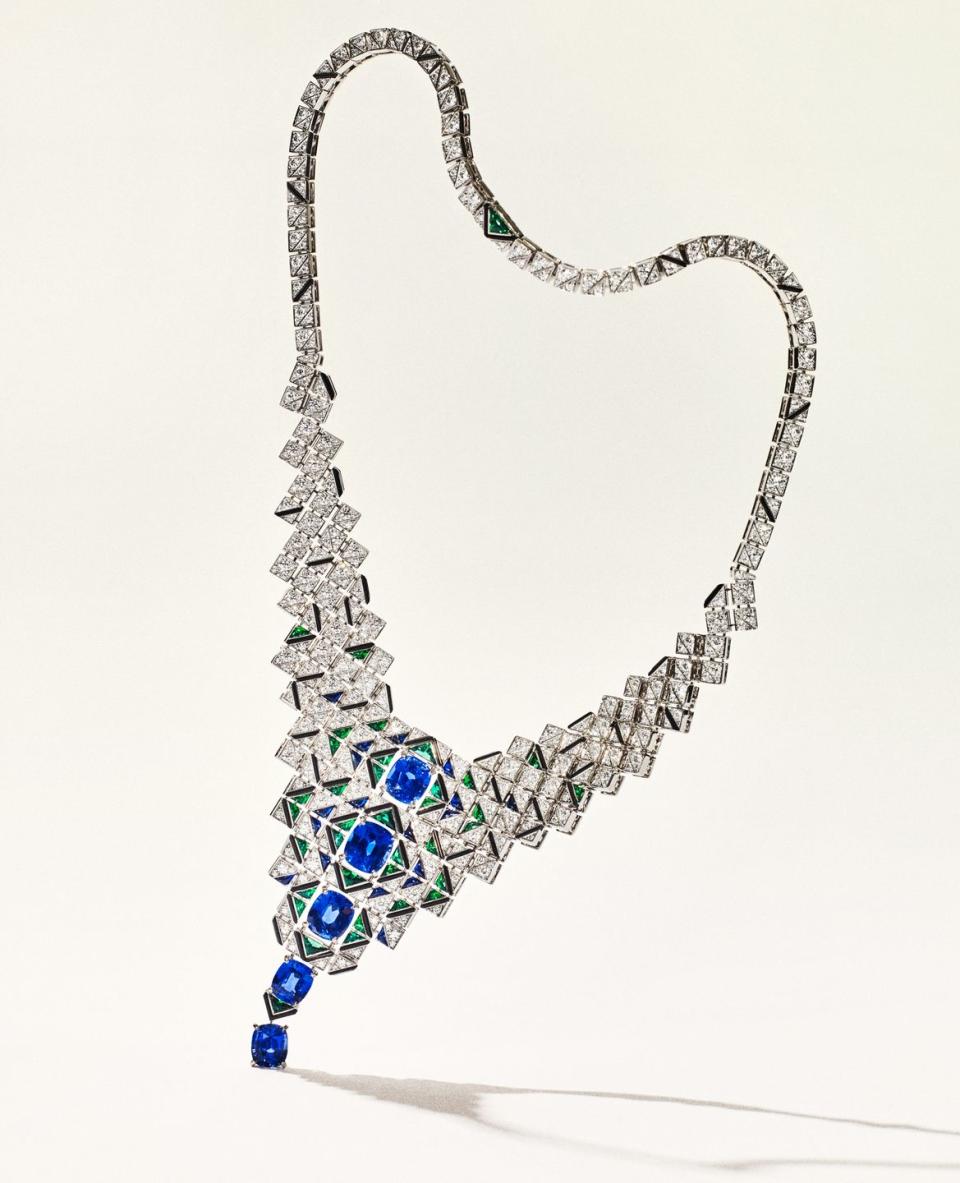
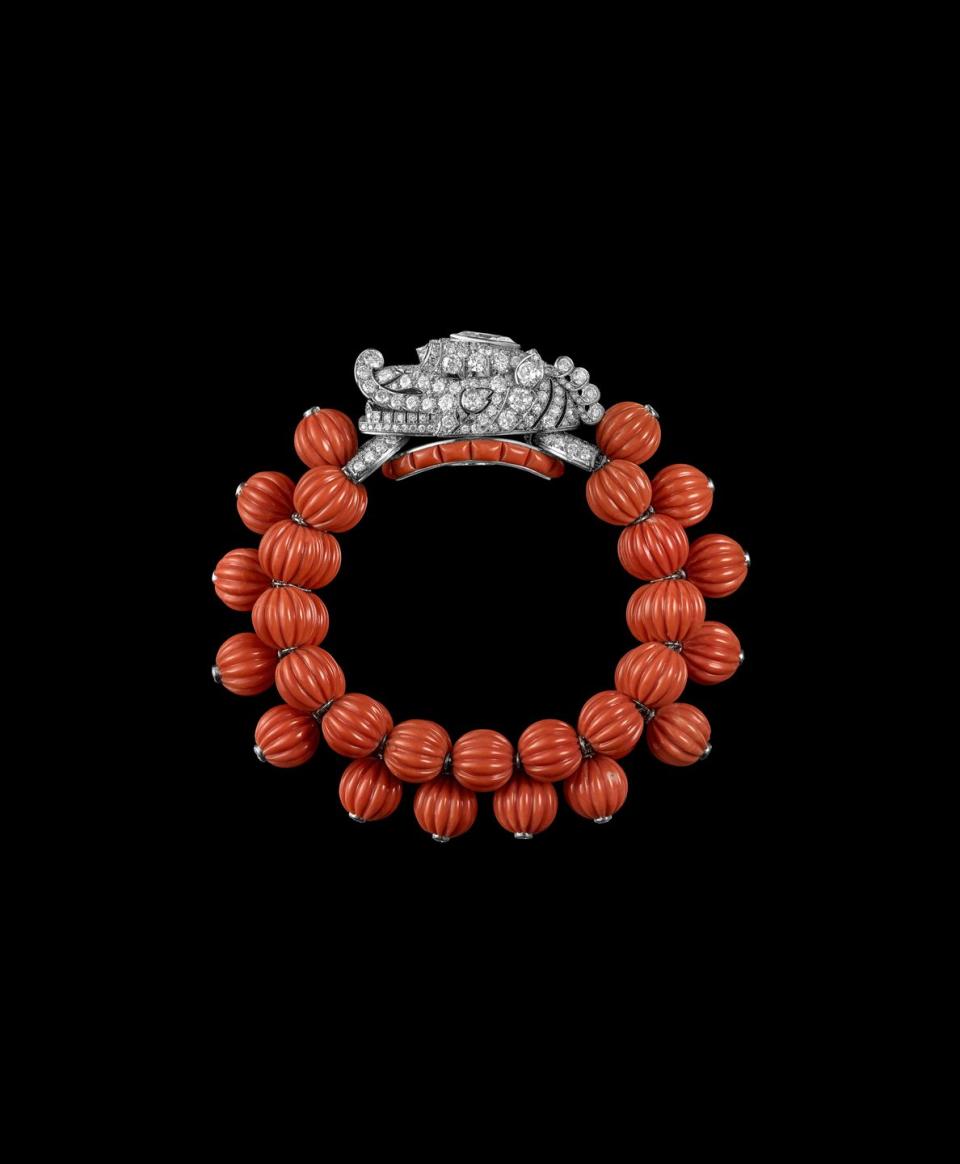
I saw coral. I saw quartz. These one-of-a-kind pieces, part of the Le Voyage Recommencé collection, seemed to me a renaissance of sorts. I asked if they were referencing a turquoise and amethyst bib that belonged to the Duchess of Windsor, or the great onyx and rock crystal geometry of the Art Deco period, or the lapis and turquoise scarabs of the Egyptian Revival? Yes and no was the answer. As with humanism, the past was present for future purposes only.
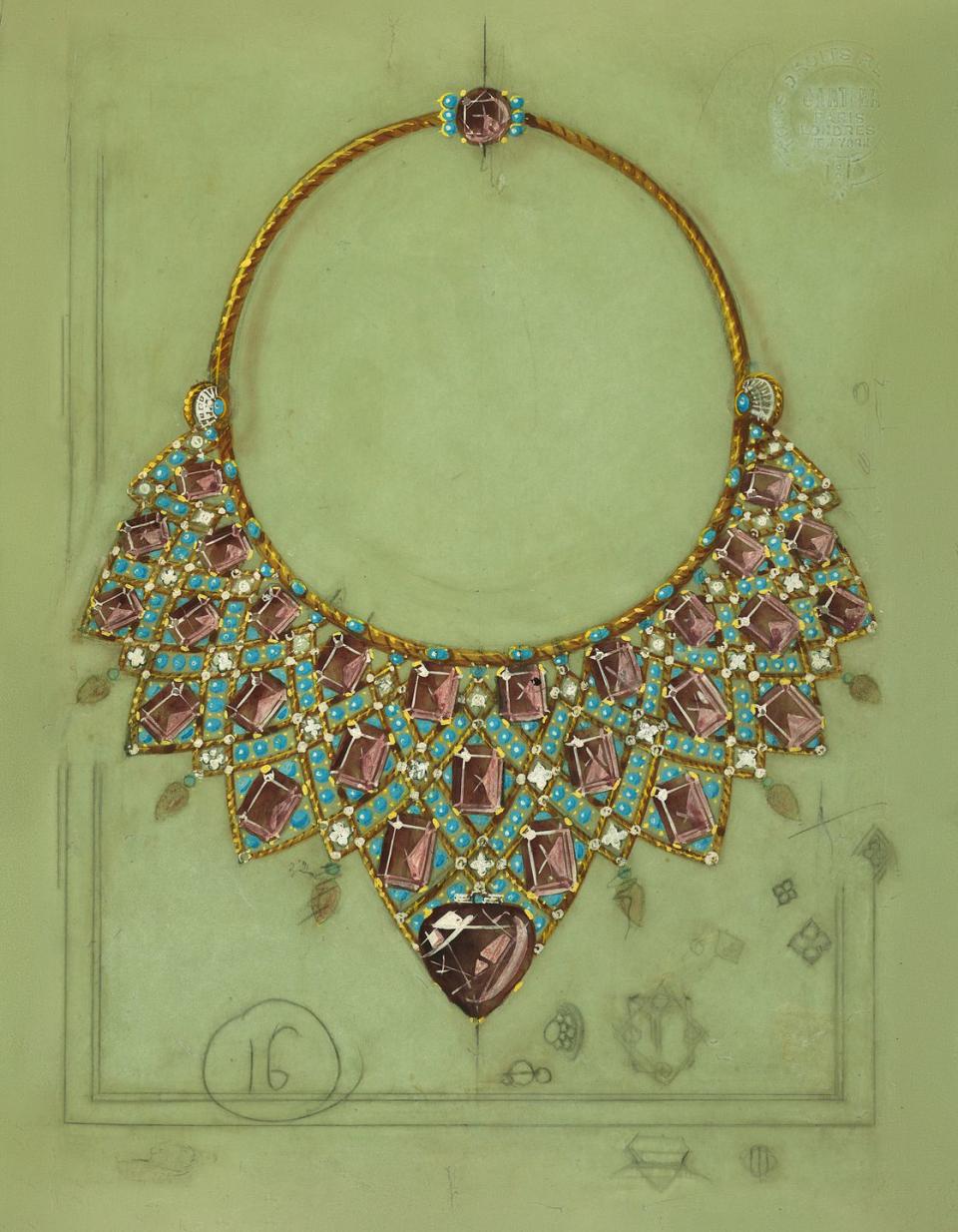
“These are all, of course, very Cartier materials,” says Pierre Rainero, director of image, style, and heritage for the house. He cites Cartier’s pioneering use of rock crystal specifically, which is evident in work from early in the 20th century, during the Garland era, when jewelry was dominated by diamonds and platinum, and then in Art Deco, when rock crystal became a favored material that was “used for volume and to play with light. And coral, too. It is deeply rooted in our tradition, especially when used with other colors. The Iznik ceramics that inspired Louis Cartier, all these colors were present.
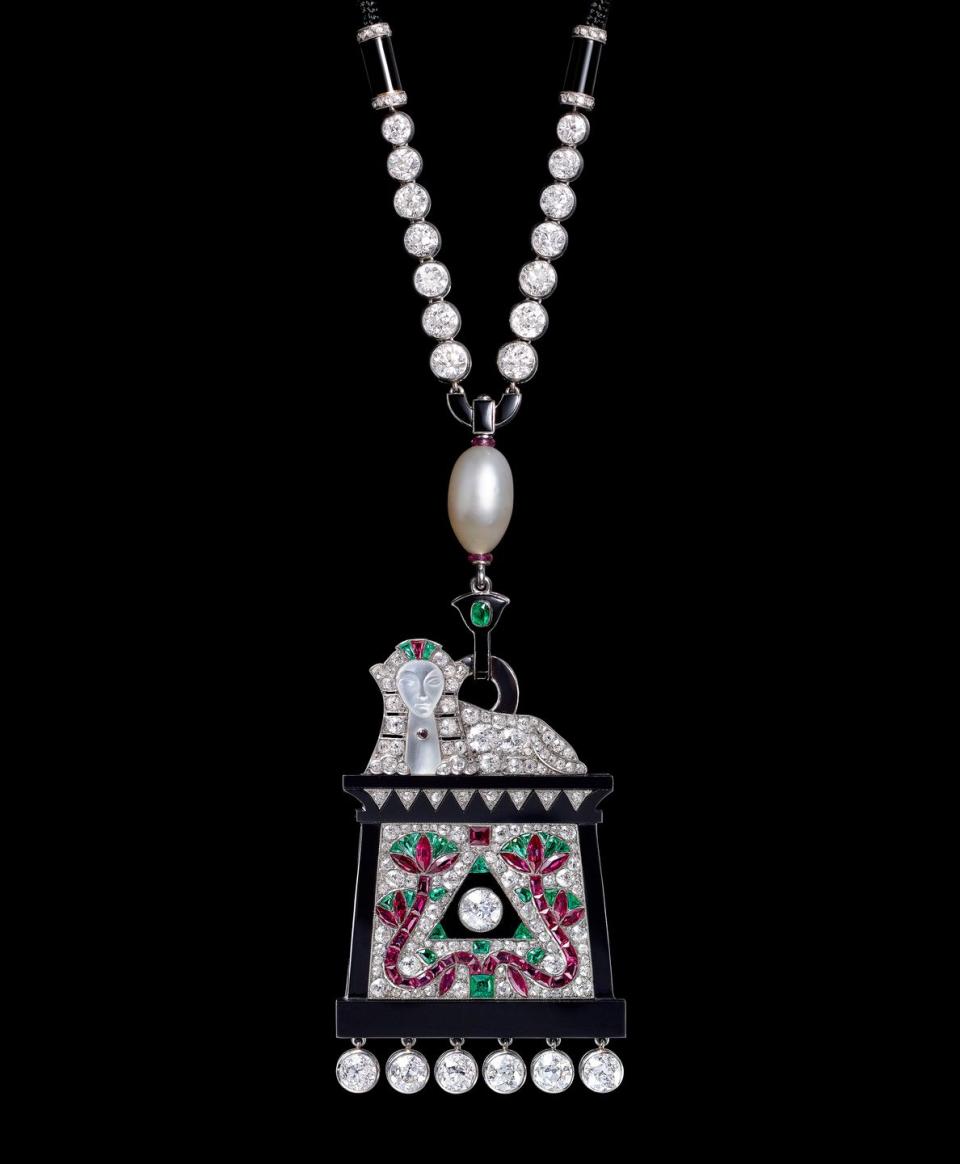
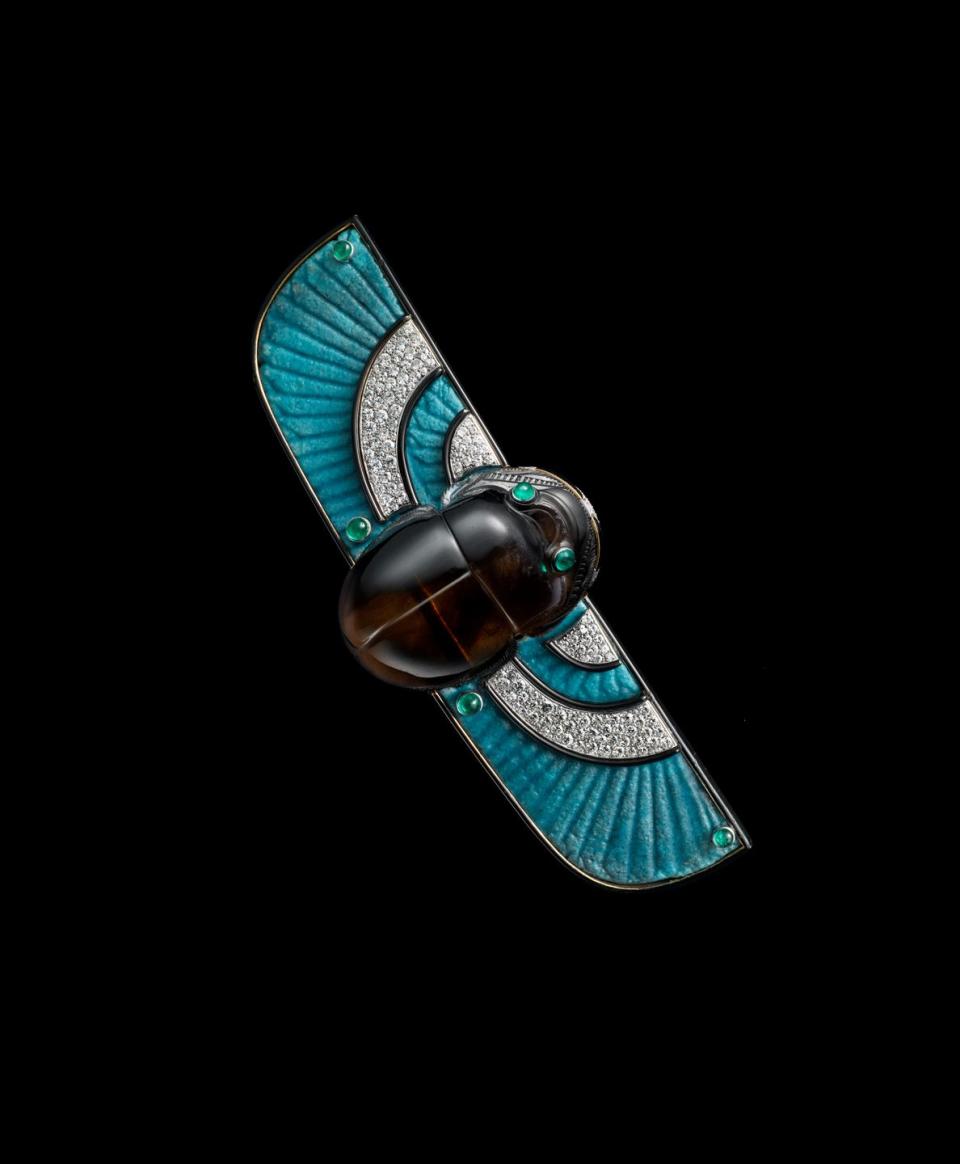
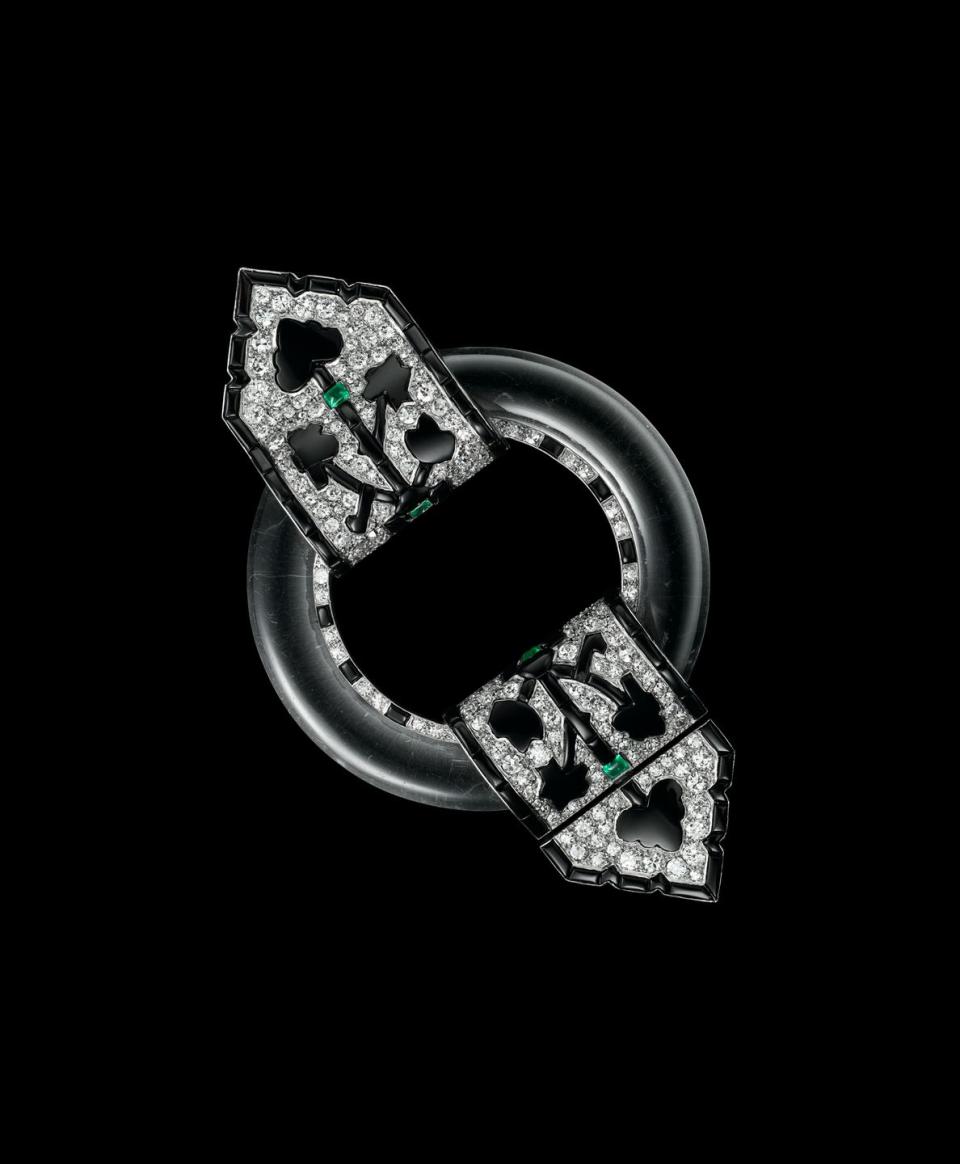
“But,” Rainero says, “our way is not to repeat the past. We always want something that might link to tradition but also to resonate in another way. It is an exploration of what makes Cartier Cartier and how those elements of our vocabulary can be reinvented.”
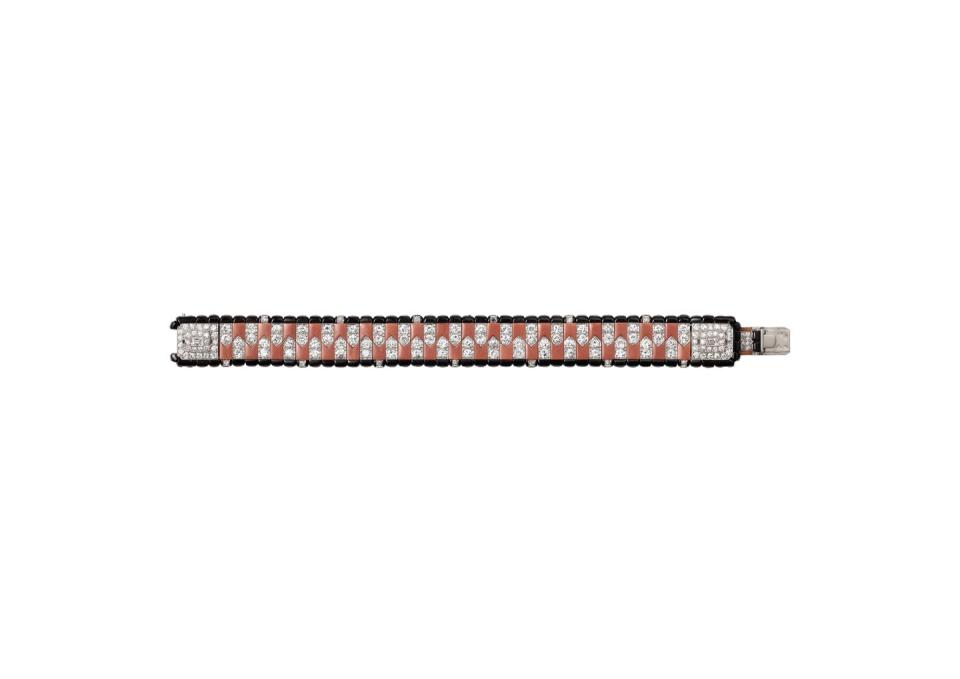
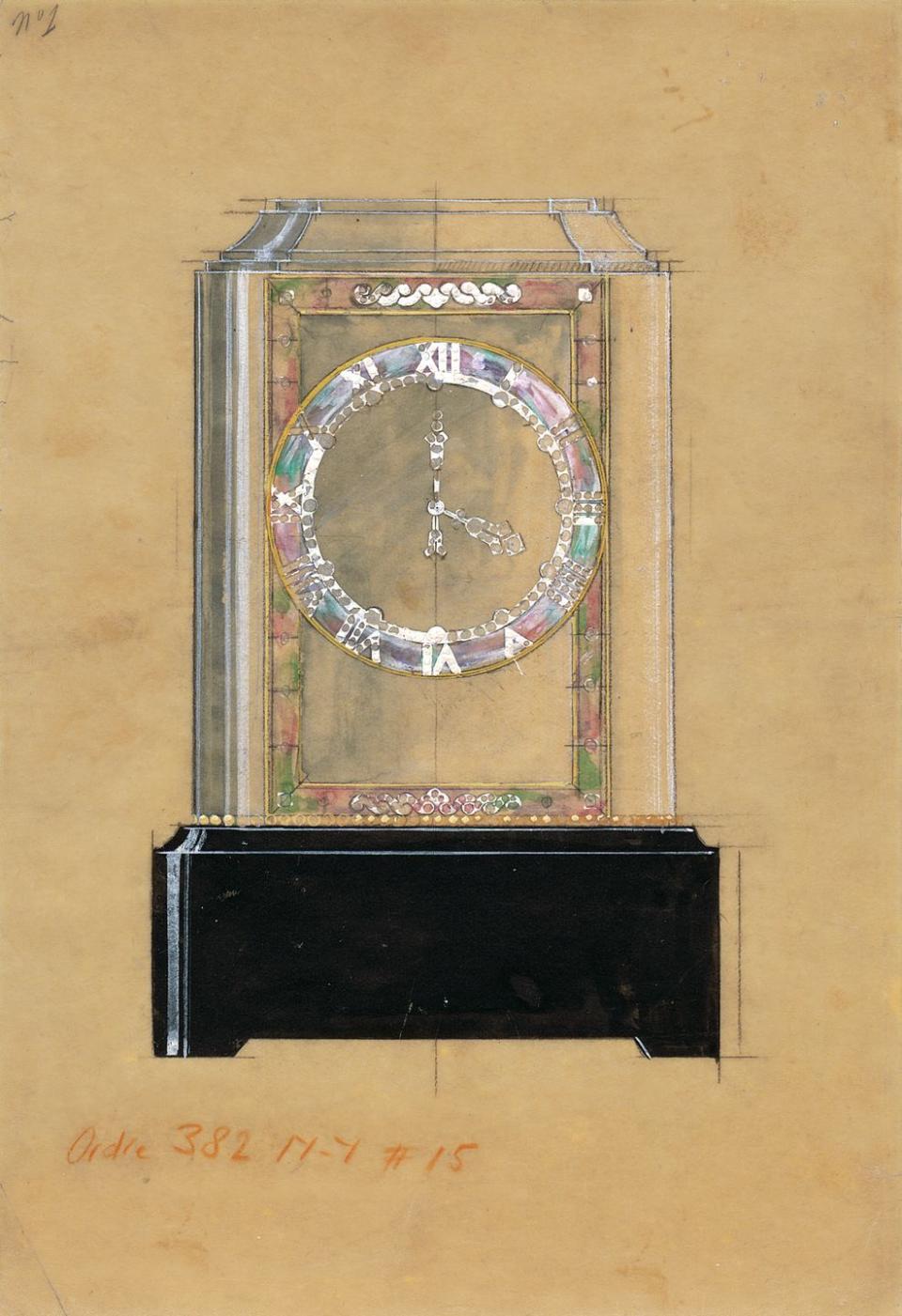
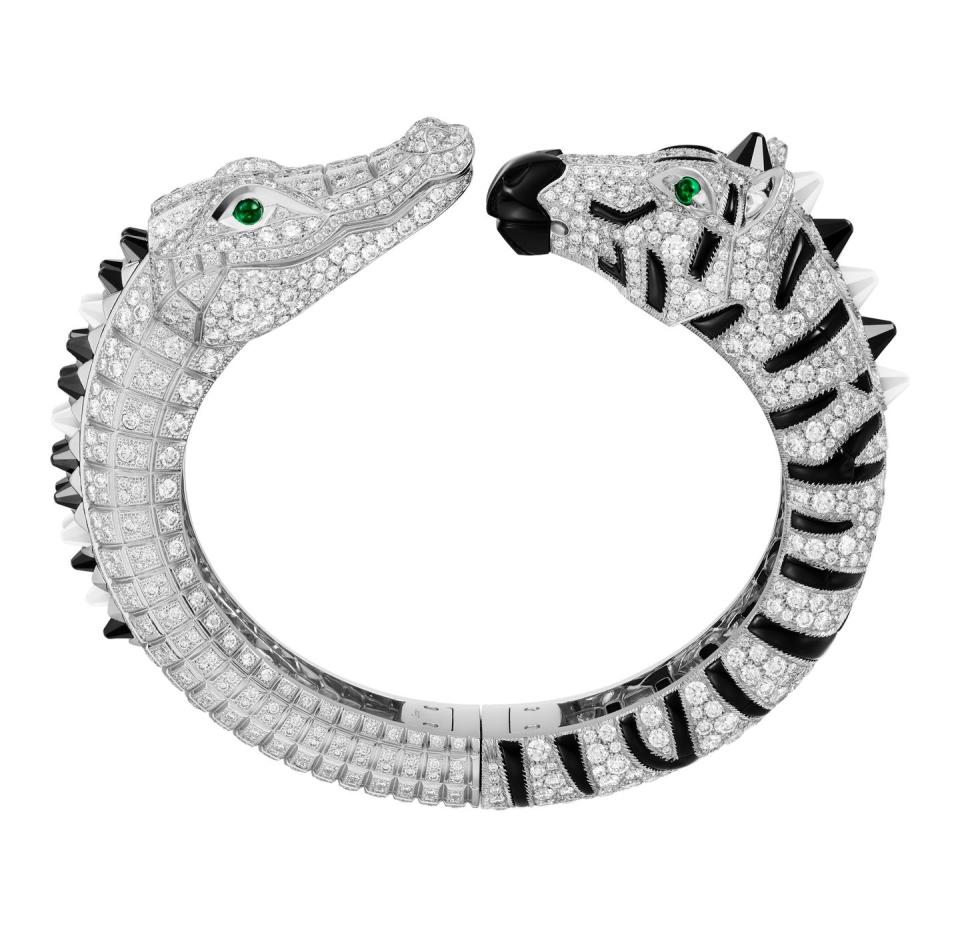
The title of the collection itself, which suggests a freshly continued journey, is testament to this, as are the pieces themselves. The necklace seen here, for example, called Dohara (inspired by India, as so many great Cartier pieces have been—see Daisy Fellowes’s iconic Tutti Frutti), includes the rock crystal and colored lacquer details that fill so many Cartier exhibits, but the volume, the play of light, the intrigue created by it feel entirely new. A jewel like this is always a fresh start for the lucky person who gets to call it her own. “These are unique pieces,” Rainero reminds us. “All our clients express something about themselves with their choice of jewel. And no other object in the world will say exactly that but this.”
Photograph at top: Your eyes aren’t deceiving you—the Dohara has two forms. A constellation of diamonds on one side and—in a nod to the past—green, blue, and red lacquer on the other. The rock crystal motifs may be another historical tell, but the way they drizzle along and catch the light? Thoroughly au courant.
Photographs: by Benjamin Bouchet Fashion & Accessories Director: Dania Lucero Ortiz
This story appears in the December/January 2024 issue of Town & Country.
You Might Also Like

